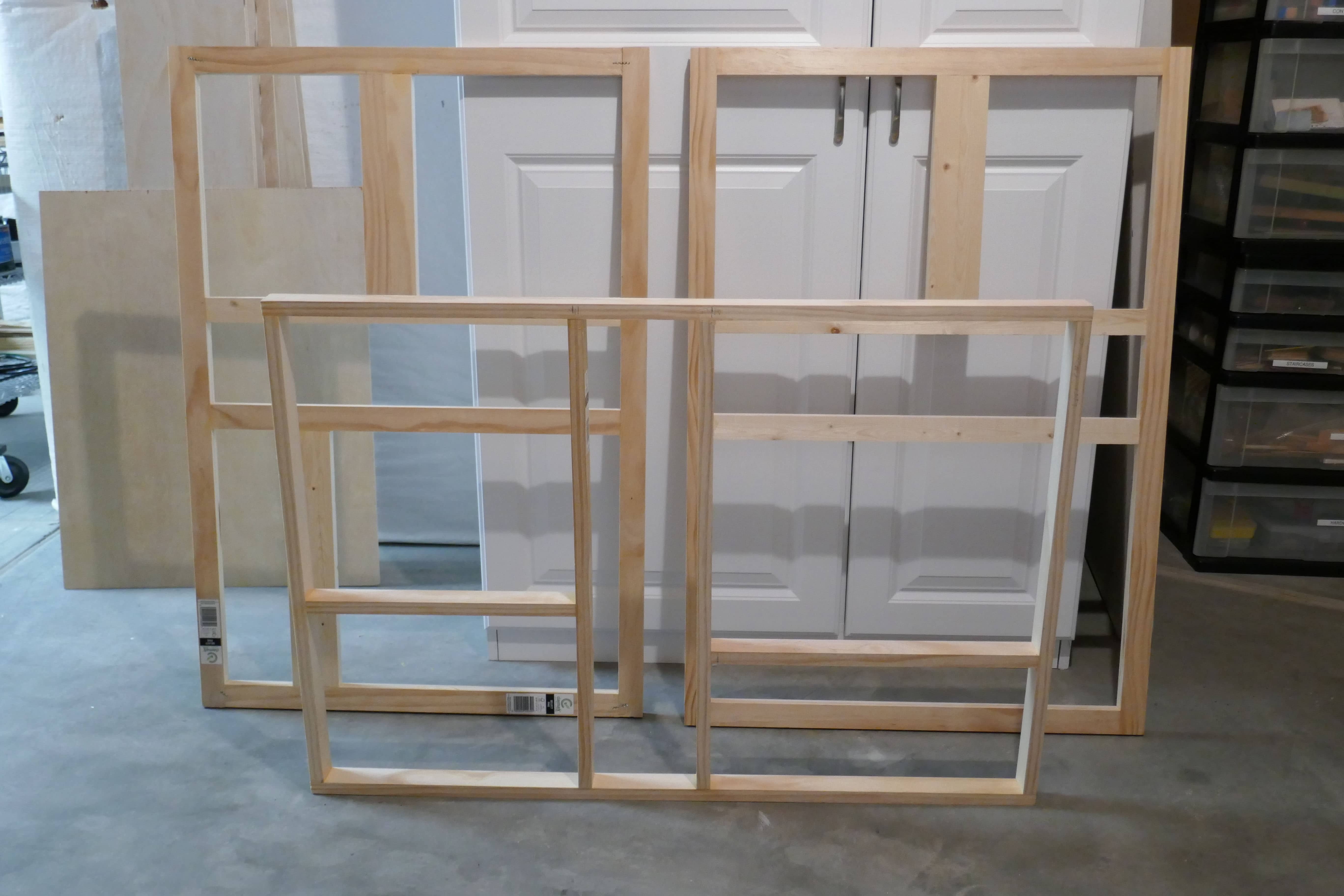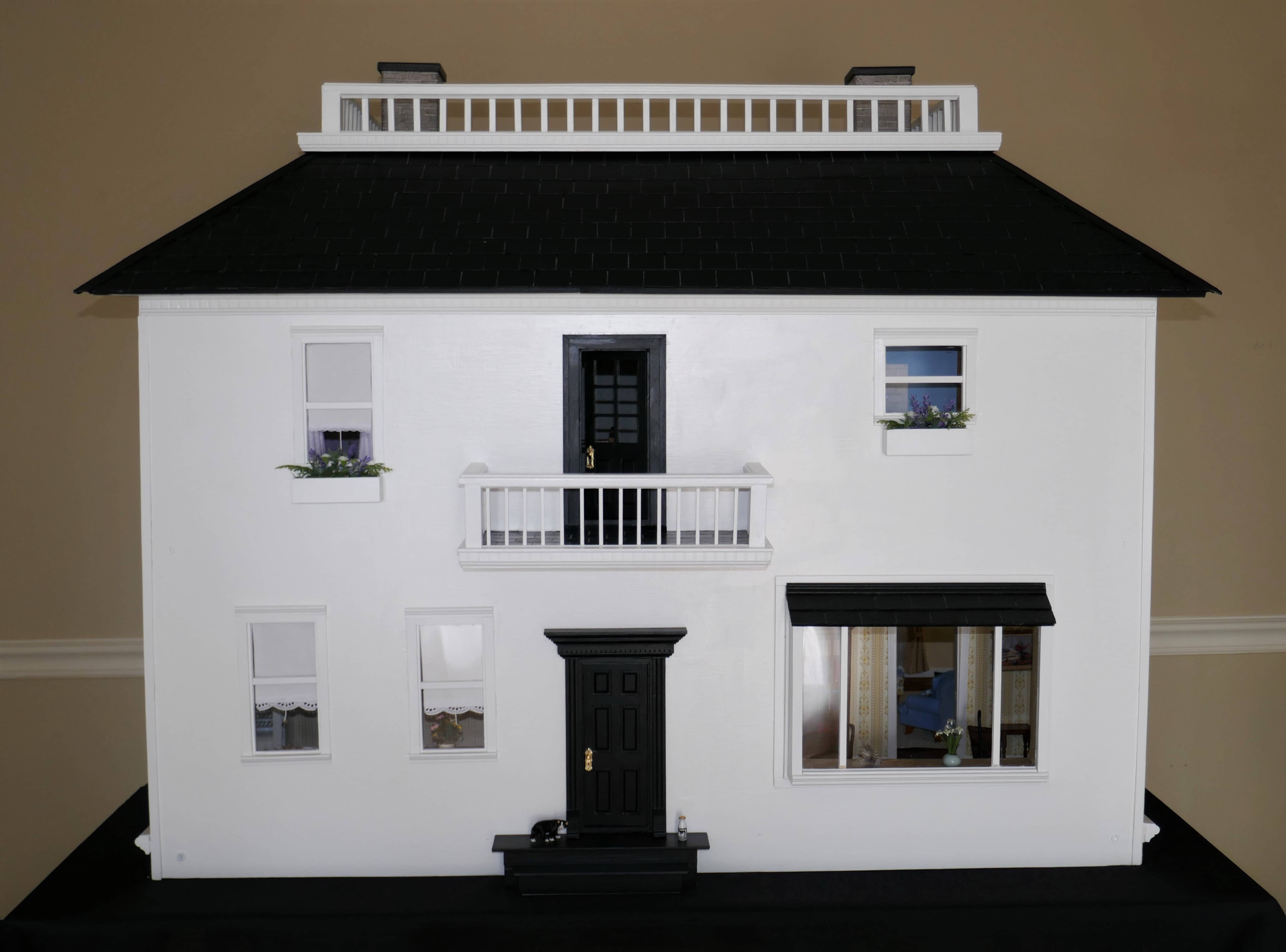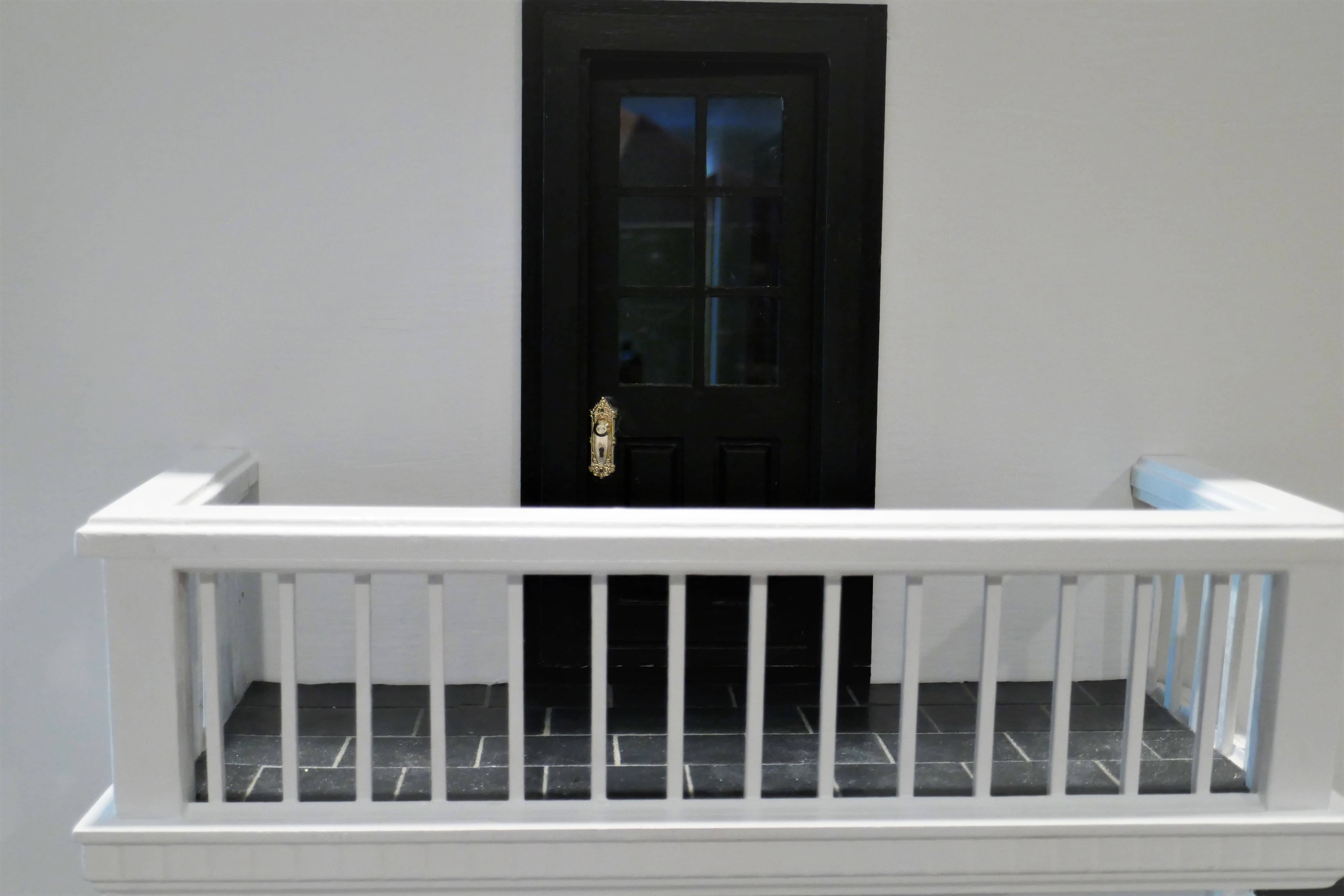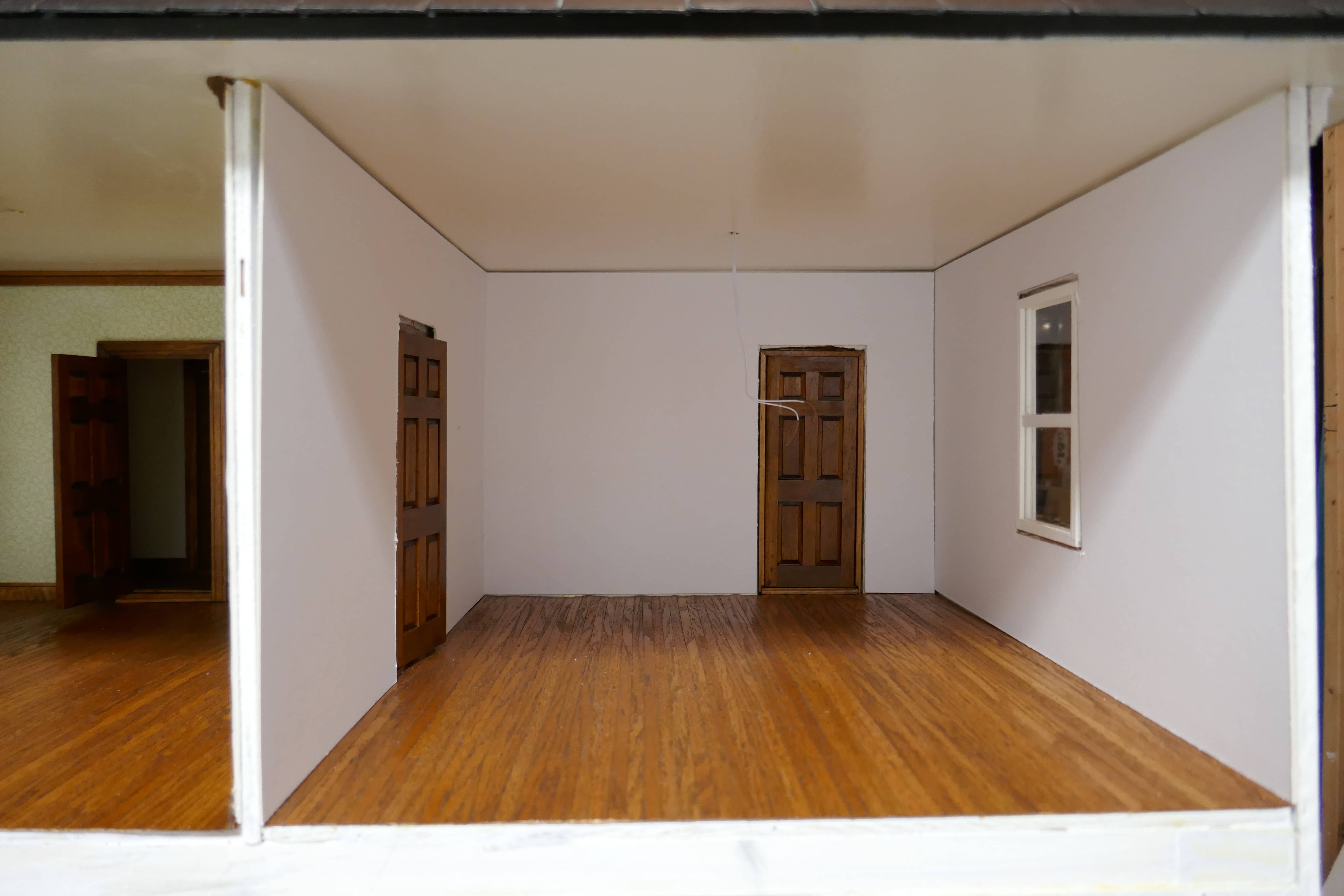
Georgian Style Mansion
I’ve worked on this Georgian style mansion for the better part of the year 2020.
When I found the plans for it, printed in 1950, I loved the idea of an open sided house.
The plans called for large rooms which are more fun to fill, and since it was fairly modern, I could mix up furniture styles.
I’m using mostly 1930 to 1950’s furnishings, with some heirloom pieces.
This mansion is only about 2/3’s done. I will add updated pictures as things change.



















Updated Pictures:




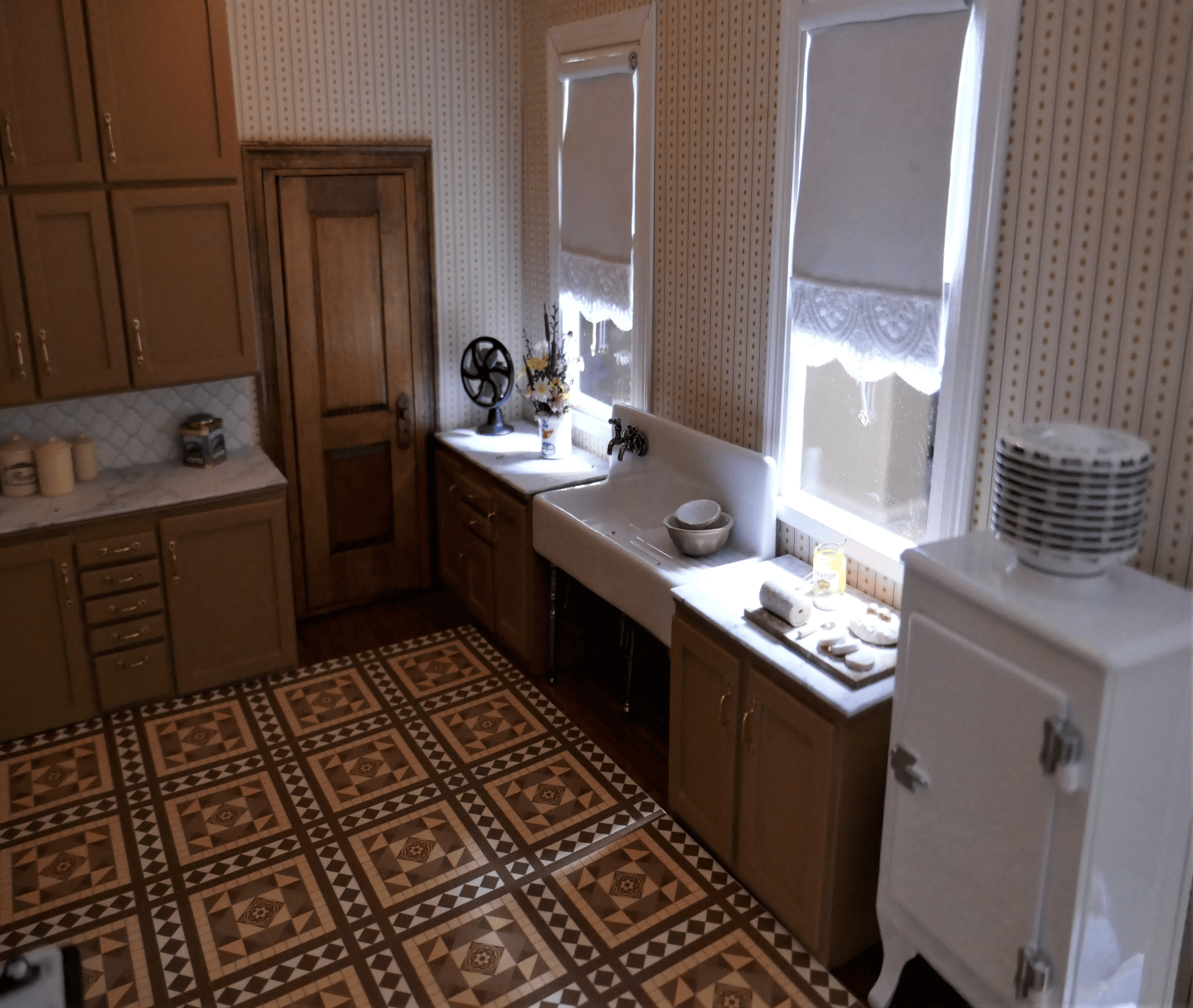


The construction steps:
